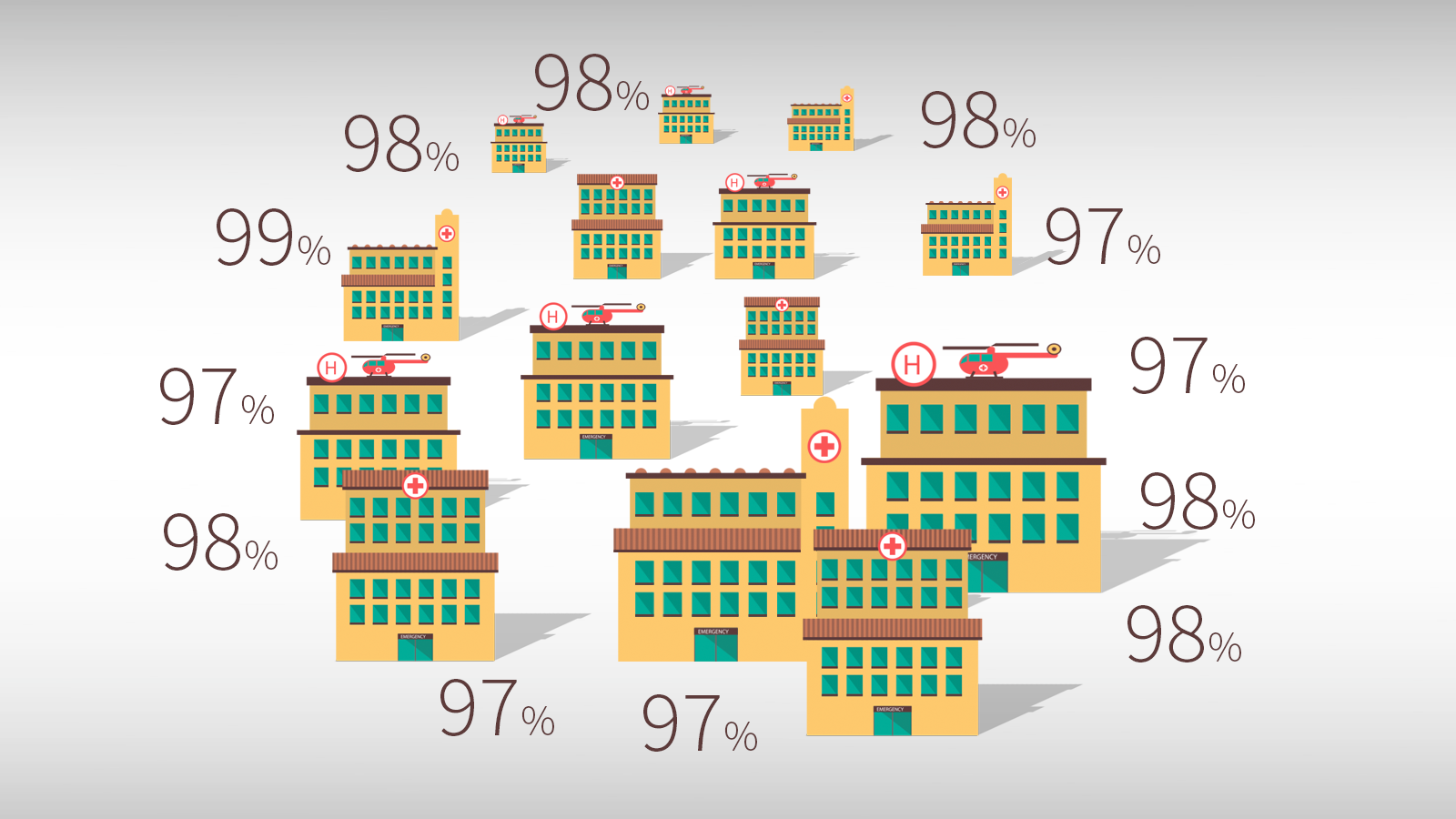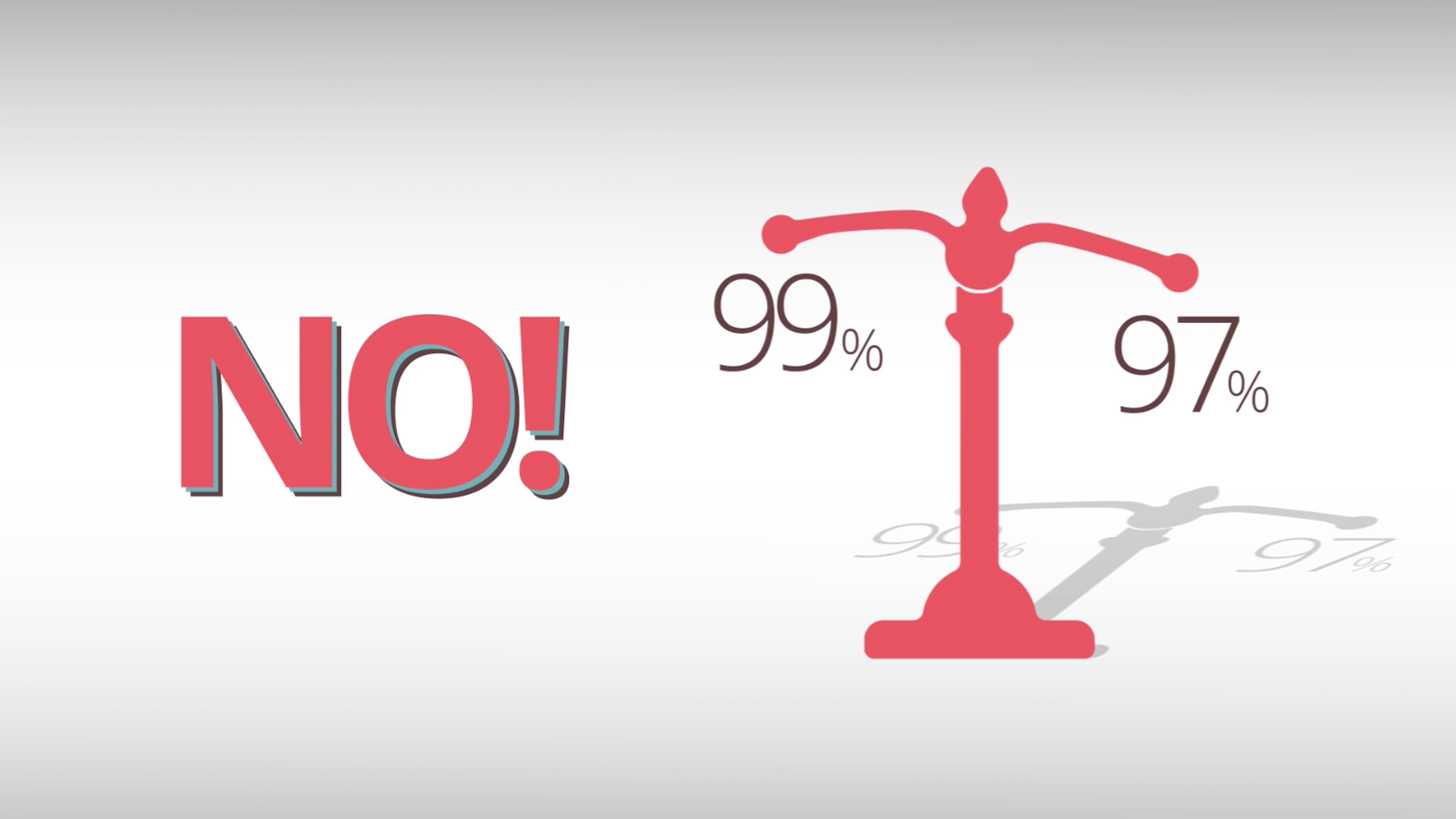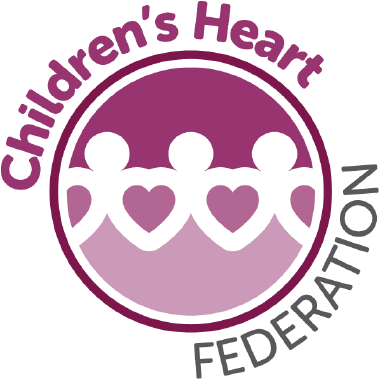What, why, how?
This site is to help people make sense of the survival statistics about children's heart surgery published by the National Congenital Heart Disease Audit (NCHDA). The NCHDA is managed by the National Institute of Cardiovascular Outcomes Research (NICOR).
Key points
The 30-day survival rate after children's heart surgery is very high for all hospitals in the UK and Ireland, and is among the best in the world.

A higher survival rate does not imply a better hospital.

A hospital's predicted range of survival, calculated by a formula, depends on the particular children treated at that hospital. So a hospital treating children with more complex medical problems will have a lower predicted range.

A hospital's survival rate should only be compared to its own predicted range. It is not valid to directly compare survival rates between hospitals.

What do we mean by survival statistics?
The NHS monitors children’s heart surgery in the UK by reviewing each hospital’s 30-day survival rate. The 30-day survival rate is the percentage of operations where the child survived to at least 30 days after their heart surgery. Ireland also submits its data to the same audit body, NCHDA.
Approximately 3500 children under the age of 16 have heart surgery each year in the United Kingdom and Republic of Ireland.
Why can data about survival be difficult to interpret?
Heart disease covers a wide range of disorders, from relatively minor to more severe conditions. Some hospitals take on more complicated conditions and tend to operate on children with a lower chance of survival. Also, every child is unique and may respond differently to treatment (surgery, drugs, postoperative care).
We therefore would not expect all hospitals to have the same survival rate: we should take into account how ill the children were that the hospitals treated. In other words, if one hospital has a higher survival rate than another hospital this is not necessarily evidence that one hospital is better than the other – it could indicate that the second hospital treated children with more severe problems.
How does the NHS monitor hospitals that do children’s heart surgery?
When reviewing the 30-day survival rate for each hospital, the NHS takes into account how ill the children were that each hospital treated. This is a fairer way of looking at survival rate data.
Risk factors that affect a child’s chance of survival include:
- the age and weight of the child (other things being equal, the bigger and stronger a child is, the safer the surgery is);
- what problem in the heart the surgery is trying to fix (some hearts have more complex problems than others);
- other health problems a child might have (e.g. a genetic syndrome);
- the complexity of the surgical procedure.
Knowing these factors for each child allows us to predict the percentage of children within a group that will survive, even though we cannot predict exactly whether individual children will survive.
The national audit body (NCHDA) uses a statistical formula to combine data on these risk factors for all the children a hospital has treated over the previous three years to give a predicted range for the overall proportion of survivors for that specific hospital and time period. The formula is also used to calculate an extended predicted range for survival for each hospital. The audit body then compares the survival rate achieved by a hospital with its predicted and extended predicted range. Our two minute video explains how we present these comparisons in this site.
If you'd like to know how the predicted range is actually calculated, you can watch our second short video in the Everything Else section.
If a hospital’s survival rate is within its predicted range, its results are in line with what we expect. For more information about how the NHS monitors survival rates see the Everything Else section.
IMPORTANT! The predicted range depends on the types of patients treated at that hospital over that time period – so each hospital will have a different predicted range and its predicted range will vary from year to year.
That is why we only compare a hospital’s survival rate to its predicted range (from the statistical formula) and not to survival rates at other hospitals.
What this site cannot do
This site cannot help parents make decisions about their child’s treatment. If you are concerned about your child’s treatment plan please speak with your child’s cardiologist or surgeon. You can also access the support available from national charities such as the Children’s Heart Federation, Little Hearts Matter or local charities for your specialist children’s hospital (see further charity resources). These guides on speaking to your child’s surgeon or seeking a second opinion, written by the Children’s Heart Federation, might also be helpful.
We know that there is much more to children’s heart surgery than survival to 30 days after surgery, such as much longer term survival and quality of life after surgery. Although this information is not routinely available at the moment, we are actively researching how to collect, interpret and publish this data. (See What about longer term survival and quality of life?.)
What this site can do
This site can help you interpret currently published survival data on children’s heart surgery and explore recent survival statistics for each hospital.





